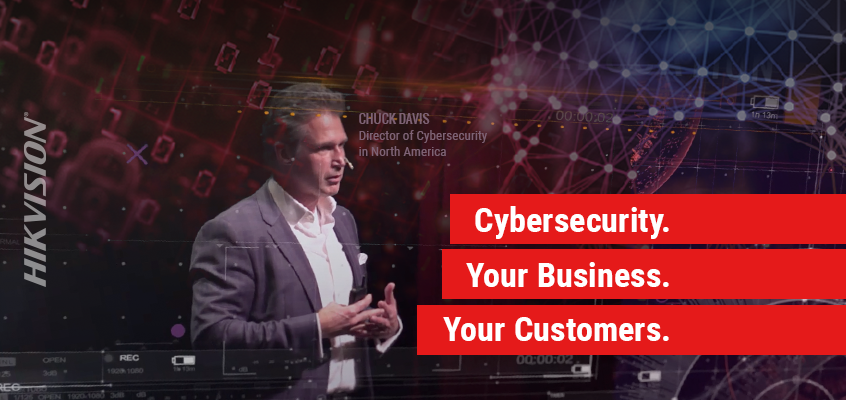Register Now for Hikvision’s Phoenix and Denver Cybersecurity Road Shows
US Road Shows Provide Overview of Best Practices to Reduce Vulnerabilities, Offer CEU Credits
Registration is now open for Hikvision’s cybersecurity road show, taking place in Phoenix, Ariz. on Sept. 18, and Denver, Colo. on Sept. 19, 2018.
The 90-minute, interactive educational session “Cybersecurity Myths and Facts: Presented by Hikvision,” will be hosted by Hikvision’s cybersecurity director and SIA Cybersecurity Advisory Board member, Chuck Davis. Davis will present on cybersecurity best practices and the surveillance industry, cyber threats and vulnerabilities, and ways to mitigate those threats. The presentation will be followed by a Q&A session.
Both events will be held from 9:30 a.m. to 3:30 p.m., with lunch provided to registered attendees. Lunch will be followed by Hikvision product training.
In addition, qualifying professionals can now receive BICSI- and AIA-approved continuing education units (CEUs) for attending.
Davis will present at the Musical Instrument Museum in Phoenix on Tuesday, Sept. 18, 2018. For more information and to register, click here.
The Denver road show will take place at the University of Colorado South Denver on Wednesday, September 19, 2018. Click here to register for the event.
Event attendance is free, but space is limited, so reserve your spot today. Please note these are non-media events and are intended as a forum for education and open discussion with Hikvision partners.
Hikvision’s U.S. cybersecurity road show kicked off in Los Angeles on March 27, 2018, and will travel to other cities in fall of 2018, including Miami, Seattle, Portland and Chicago. The road shows provide an opportunity to learn more about cybersecurity threats, hacks and vulnerabilities, and discover ways to make your organization more cyber secure.
Visit Hikvision’s events page for more information about upcoming road shows in your area.

